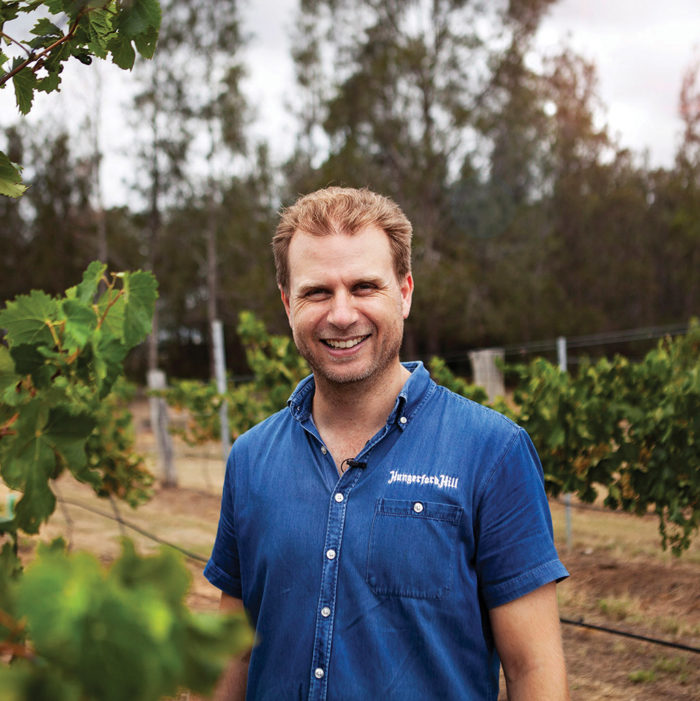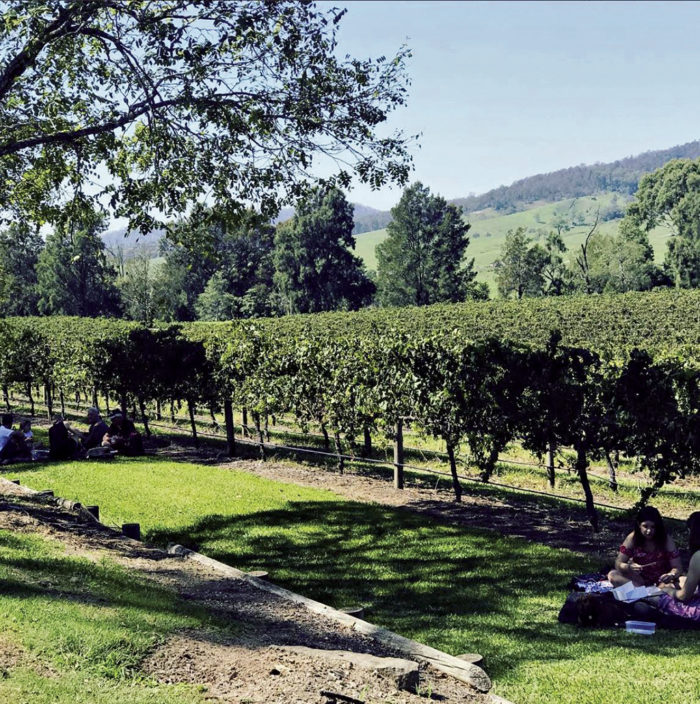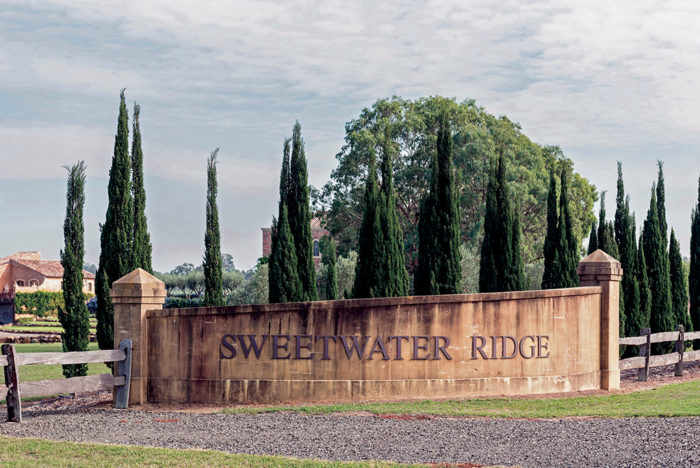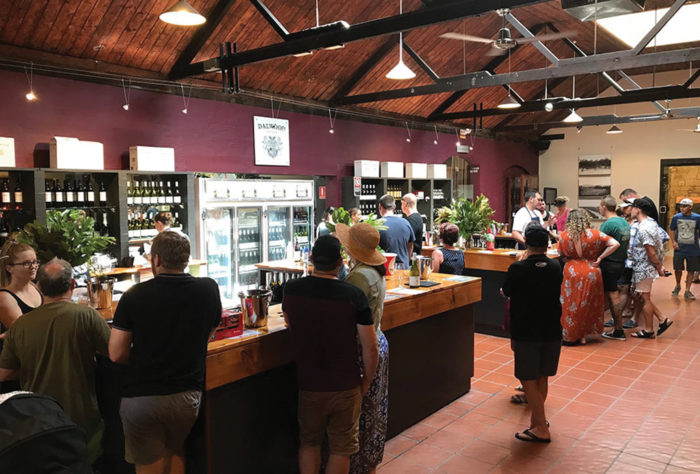
Let the vineyard do the talking
Winemaker Bryan Currie believes in low-touch winemaking, in letting each vintage, each vineyard find its unique voice – with a little help along the way.
Picture this: As a kid, you loved fossils, you have followed your childhood dream, spent years at uni, and are now a paleontologist with a science degree to prove it. Your next step is a PhD that will take years to complete. But you’ve also gone from high school to uni, then tutoring, and you need a bit of a break.
“I was young, and I wanted to earn some money,” says Bryan Currie, real-life paleontologist and Senior Winemaker and General Manager across, not one, but three prestigious Hunter wine brands: Hungerford Hill, Dalwood Estate and Sweetwater Estate.
He adds, “My dad was a wine drinker who loved big reds and we’d travel to various wine regions together, so working in a vineyard seemed like a good idea. “I moved from Melbourne to Griffith, helped plant a vineyard and enjoyed it. What was supposed to be a break turned into a career.”
However, what sounds like the ultimate career change isn’t the radical shift it seems.
“Like with most science degrees, I had to study microbiology, chemistry and biochemistry, plus I had studied geology. These are all subjects that any winemaker has to master,” says Bryan.
His first “real” job in the industry was as a cellar hand at the Riverina operations of McWilliams, where the benefits of his science background were immediately recognised. But he still had to start, quite literally, at the bottom of the barrel.
“I spent the first two months waxing tanks,” he chuckles. “Which wasn’t funny in 40 degrees heat.”
A study in wine With his talent evident, he was offered a full-time job, enrolled at Charles Sturt University at Wagga Wagga for a correspondence degree as a winemaker and moved up through the ranks.
An assistant winemaker after two years, he applied for a position as chief winemaker at Bill Calabria’s Westend Estate in the Riverina and, supported by glowing recommendations from his bosses at McWilliams, he got the job.
“Then it was a small family-owned business,” Bryan says. “Bill offered me a huge opportunity, and I grabbed it, so at 25 years old I was responsible for everything. I worked hard to fast track my palate. I kept tasting, tasting, tasting.
“Winemaking is a craft and the only way to learn is for someone to take you under their wing and share their knowledge. The guys at McWilliams had been so generous with their time and expertise.” Keen to grow the business, Bryan suggested introducing new grape varieties. “I was working for an Italian family with roots in Calabria, and all they were growing was Cabernet and Shiraz. So, I worked in Italy for several months and starting in 2003, we brought in Southern Italian varieties like Nero d’Avola, Aglianico, and Montepulciano – all instant successes.”
Bryan also added varieties from nearby cool-climate regions like Tumbarumba, Hilltops and King Valley; a move that launched his reputation as an expert in cool-climate wines.
Time for change
By 2013, twelve years into the job, the business had grown tenfold. Bryan had been nominated as Young Winemaker of the Year in 2005 and 2006 and, in 2012, had been in the running for Gourmet Traveller’s Winemaker of the Year Award.
But things had plateaued a bit and McWilliams came knocking. With a great team and a succession plan in place, Bryan was ready for a change. It was a brief stint of just three years, as his partner was offered a once-in-a-lifetime teaching gig in China. Unfortunately, things didn’t go to plan, and he discovered Hungerford Hill, at the time still owned by James Kirby, was looking for a winemaker.
Sweetwater’s climate is more like Pokolbin’s.
Dalwood’s vineyards on the banks of the Hunter River and its popular cellar door.
“I worked in the cool climates of Tumbarumba and Hilltops, and James loved that region more than the Hunter. He was about to sell the winery to Sam Arnaout and said I needed to talk to him. I flew back to Australia, we had a look around Hungerford Hill together and Sam offered me the job on the spot.”
By the time Bryan and his family returned from China, Sam had added another winery to his portfolio, the historic George Wyndham Estate at Dalwood, where Australia’s first commercial shiraz vineyard had been planted in 1830.
“He also owned Sweetwater Estate in Belford, so here I was suddenly in charge of three very different wine brands,” Bryan explains. But it was a challenge well suited to his approach to winemaking.
Original thinking
“I believe in letting a vineyard find its voice. I don’t impose differences; instead, I emphasise originality rather than try to homogenise our wines.
“I’m moving towards each wine being a unique expression of a specific place, that bit of dirt, that climate, that growing season, and that point in time. Like fine dining, premium wines are about the uniqueness of the experience.
Bryan calls himself “a light touch, conventional winemaker,” who sees his most important job in protecting the fruit and delivering a wine that is the best expression of what that fruit can be.
Read more in the Summer issue of Hunter & Coastal Lifestyle Magazine or subscribe here.
Story by Cornelia Schulze, photography courtesy of Hungerford Hill







